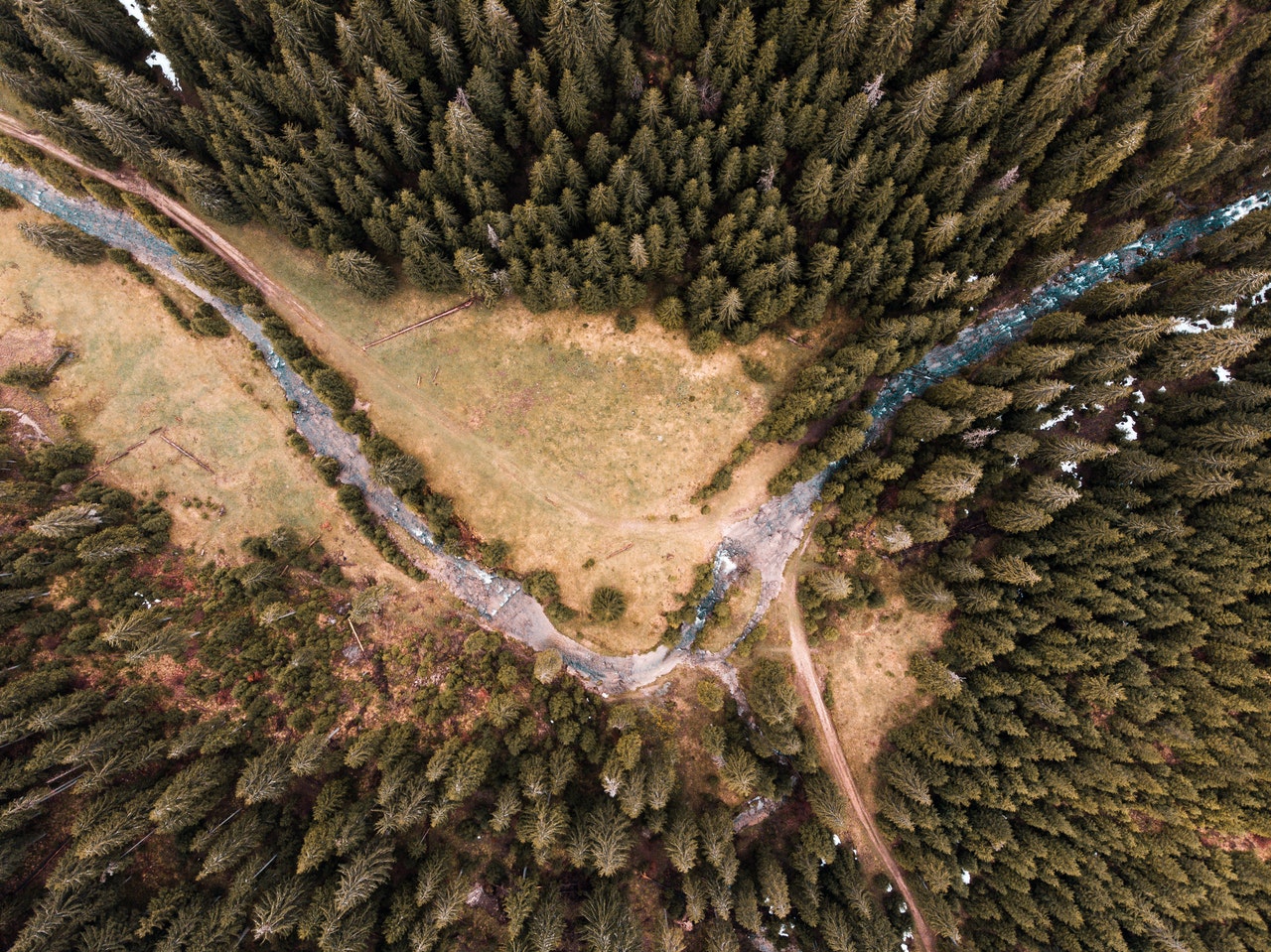
In the last five years, no industry has seen greater growth in using drones than construction, with a year-over-year growth rate of 238%. (Mining is a distant second.) To maintain or grow market share, builders may need to acquire their own aerial image acquisition and aerial data analysis capabilities or develop relationships with providers that specialize in construction drones.
Surety Bond Professionals is a family owned and operated bonding agency with over 30 years of experience. With access to a broad range of surety markets, our expert agents are ready to assist with all of your construction bond needs.
How Construction Drones Work
Drones, also referred to as UAVs (short for unmanned aerial vehicles) are airborne robots. Drone pilots fly some on the ground using remote control. Others are capable of autonomous flight by using computer vision and artificial intelligence algorithms to make movement decisions without the guidance of a human pilot.
Every drone communicates with a ground control station, either a remote controller operated by a pilot or a computer, via a data link. The drones used in construction have built-in cameras that acquire visual images and transmit digital image data over the data link. They equip some with sensors or other data collection devices used in thermal scanning and topographic mapping. Some are even capable of carrying payloads.
Construction drones take pictures from multiple angles, and they tag each image with GPS data. The geolocation data can produce site maps in two or three dimensions and processed through photogrammetry software to create digital terrain or digital surface models based on millions of data points. The maps produced from drone-acquired data provide highly accurate measurements of distances, volumes, and elevations.
Common Uses of Construction Drones
There are many ways in which drones for construction are used. Among the most common applications are in site planning, site inspection, and site management, each of which may be carried out for a number of specific purposes.
Site Planning
An aerial perspective is very helpful in site planning, but until recently, builders had to rely on photos taken from a helicopter to decide placements and orientations of structures on a site. Now they can export the data collected by a construction drone to modeling software and facilitate analysis of factors like access, land drainage, privacy, location of utilities, suitability for solar energy, and more. They can also share images and the models based on them with project owners and other stakeholders to gain their input and approval. This gets a project launched faster and therefore, it becomes more cost-effective than is possible with traditional site planning methods.
Site Inspection
They conduct construction site inspections for several reasons: to monitor progress, to detect any problems or issues that could cause delays and cost overruns, and to ensure safety, to name a few.
An autonomous drone can be programmed to make regular, scheduled flights along a predetermined path. The images captured during these flights can document progress and share this with project owners and stakeholders. Thermal scanning using a drone is particularly helpful on renovation projects, as it can pick up temperature anomalies that indicate leaks, without someone having to climb around on a roof.
Using a drone rather than having project personnel conduct site inspections drastically reduces inspection time, improves accuracy, and eliminates safety concerns related to human inspection activities.
Site Management
The potential uses of construction drone technology in site management are limited only by a builder’s imagination. A combination of periodic autonomous drone flights and remote-controlled drone flights–guided by an employee trained for that purpose–facilitates remote monitoring. This significantly reduces the need for the onsite presence of construction managers.
Using drones for construction site management allows managers to keep an eye on supply quantities and place orders as needed. This cuts down on overstocking, which is common. About 30% of materials ordered for use in construction end up as surplus and typically go to waste.
Frequent site inspections by drones also allow the early detection of errors before they become more difficult and costly to correct. The same is true regarding the detection of unsafe conditions that, if not remedied, could result in injuries to workers and damage to equipment.
Remote monitoring via drone images helps construction managers keep track of the location and activities of workers and equipment and redeploy them as needed. Many drones for construction are for security purposes. Remote monitoring allows detection of unauthorized access to the site and can provide evidence of theft or vandalism.
Benefits of Construction Drones
The rapid growth of the use of construction drones is evidence of the benefits to be derived from it. In no particular order, these include:
Increased Safety
- Drones can go places and do things that would be dangerous or impossible for human beings, reducing the potential for accidents and injuries.
- Monitoring by drones can find perimeter breaches that allow unauthorized personnel to gain entry to a potentially dangerous work site.
Cost and Time Savings
- Aerial data collection by drones eliminates the time and expense of data acquisition from people on the ground or in a helicopter.
Data Accuracy
- The availability of accurate, comprehensive information captured by drones supports data-driven decision-making.
Reliable Progress Documentation
- Data acquired through frequent drone site inspections can be studied for benchmarking and project postmortem purposes.
- It can also serve as evidence in dispute mediation and resolution efforts, or in court if that becomes necessary.
Better Client/Stakeholder Relations
- Cloud-based platforms allow project management, clients, and other stakeholders simultaneous access to maps and models generated from drone-acquired data.
- The transparency this affords engenders trust and permits collaborative resolution of issues.
Now that you have a better understanding of why construction is leading in the use of drone technology, perhaps it’s time for you to consider implementing it in your company.
Get A Quote
Our surety bond professionals will get you the construction bonds you need at a competitive rate.


